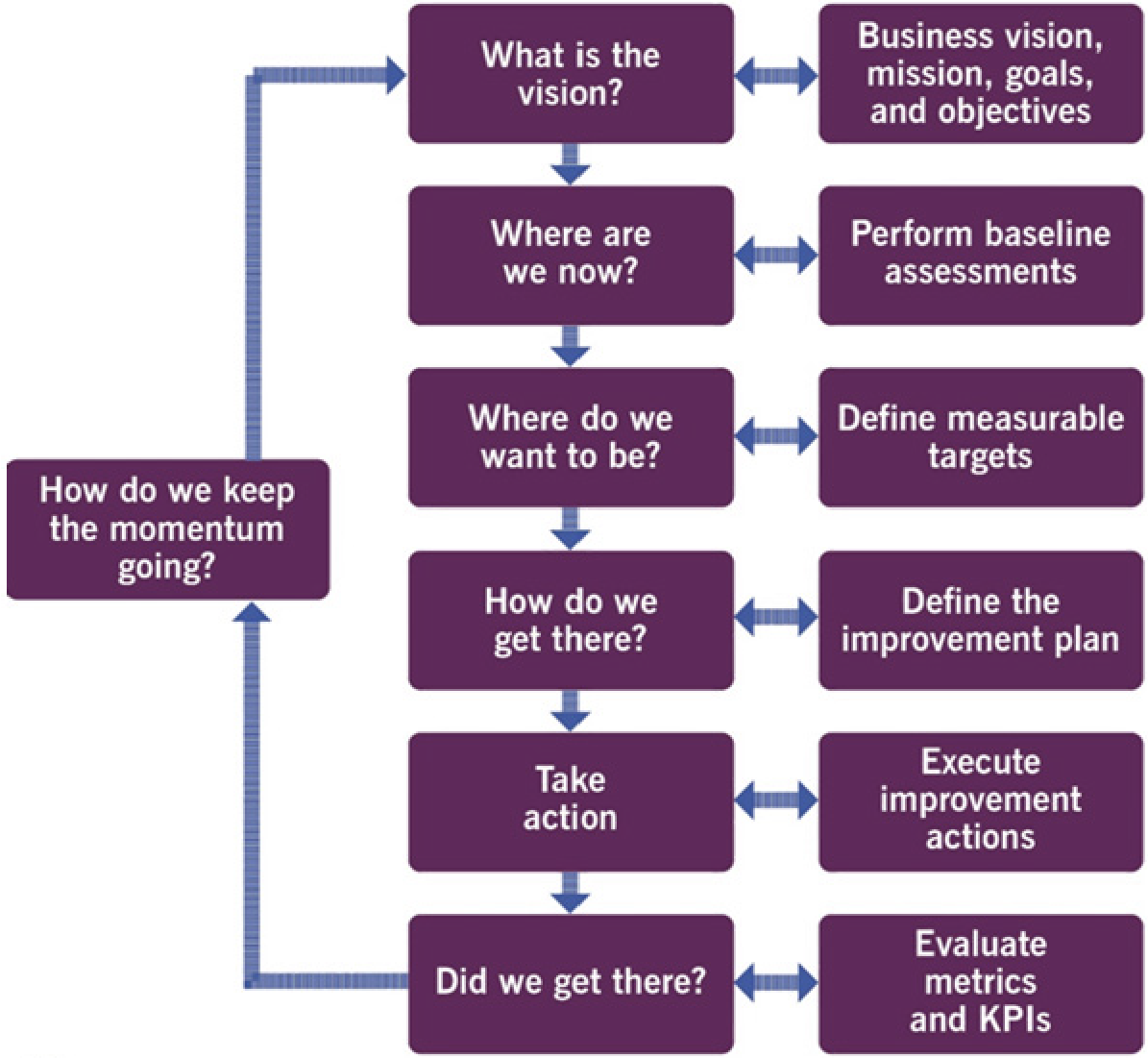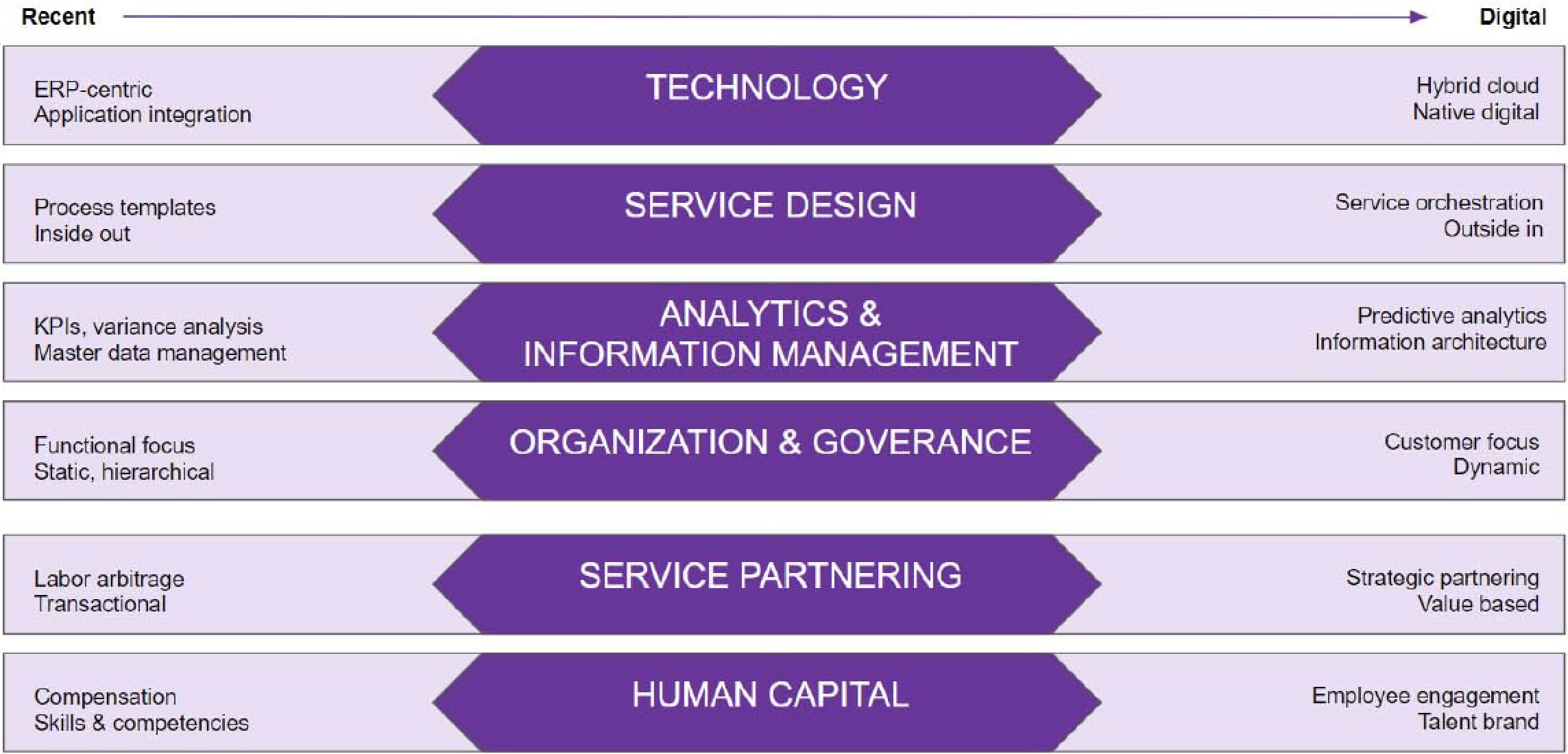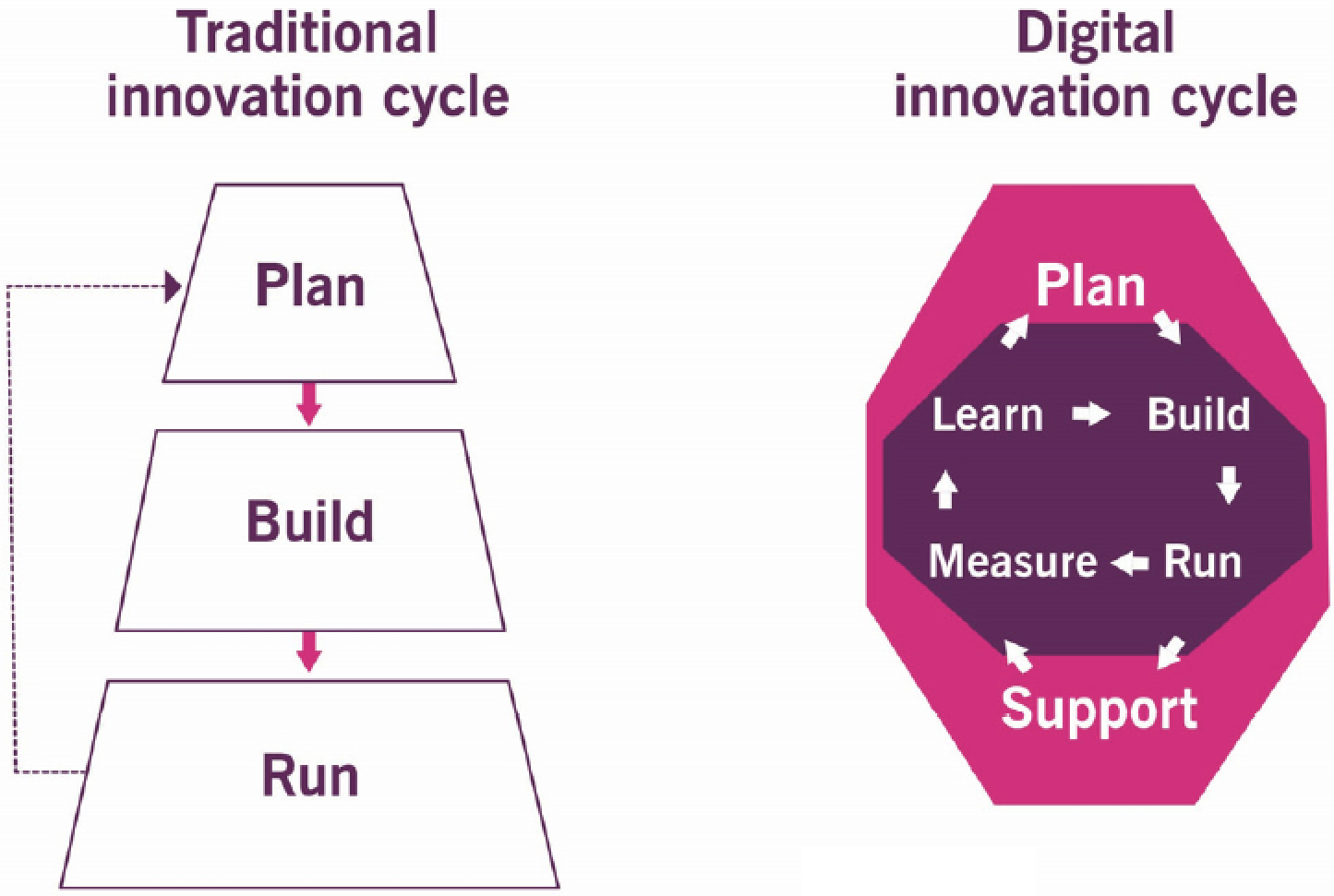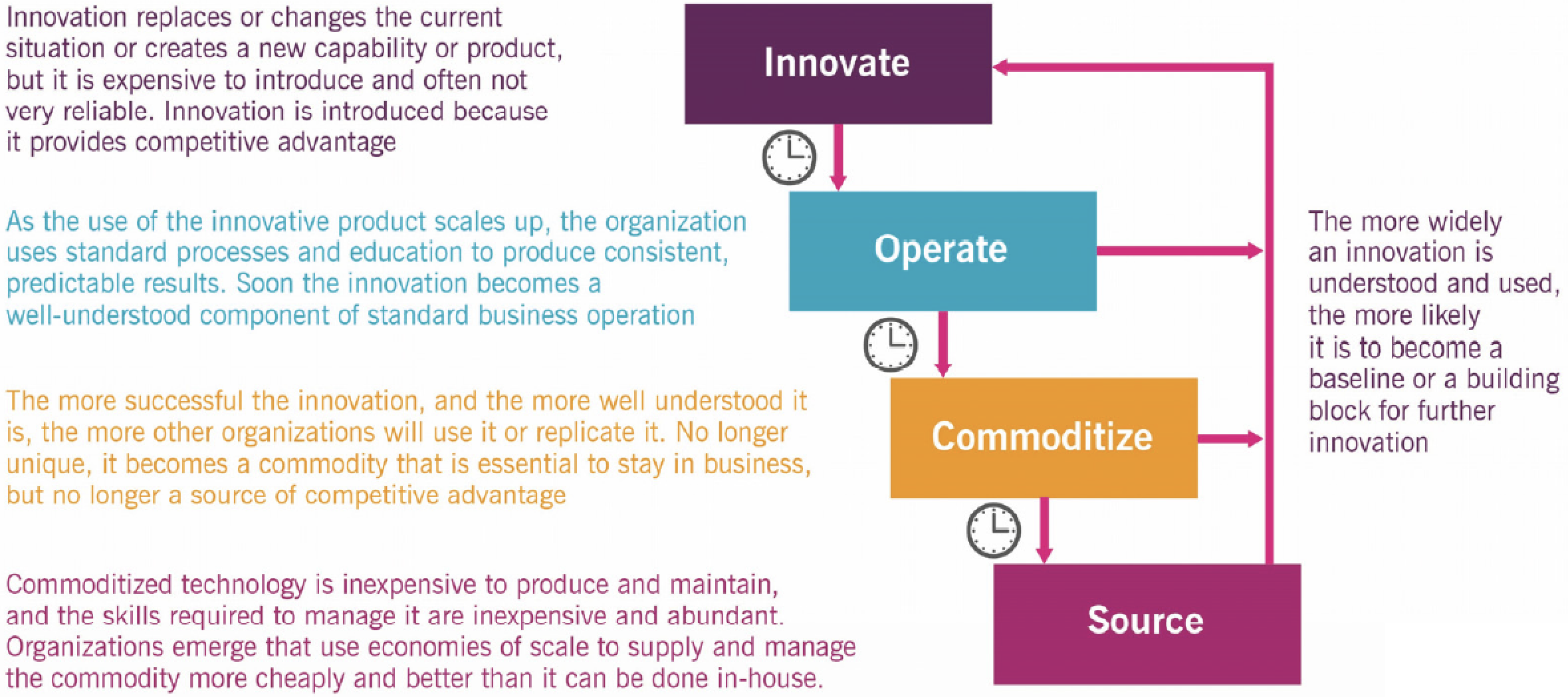ITIL 4 Strategic Leader Certification Course: Overview
To begin this course, go to the main page ITIL 4 Strategic Leader Certification Course.
1. Overview
Digital and IT Strategy (DITS) is:
- An examination of the role of strategy in a digitally enabled organization
- An overview of the capabilities needed to compete in a digital world
- About how to evaluate new technology and its potential for competitive differentiation
- A way of thinking about innovation so that organizations can prepare successive waves of disruptive technology
And it is not:
- A how to guide to doing strategy
- A list of dos and don’ts
- An overview of specific emerging technologies and how to use them
- A forecast of the next wave of ideas and technologies that will disrupt the industry
Organizations must consider it because:
- Digital and information technology are changing the world
- Business models are changing
- The role of the technology leader is changing
- Accelerated innovation has brought greater urgency to business change
1. Structure Focus on the continual improvement model and how it can be used to develop a strategy:
Key capabilities needed for successful digital and IT strategy:
|
 |
2. Service delivery change drivers

3. Impact of innovation

4. When innovation accelerates

5. Guiding principles
Organizations must be able to apply the guiding principles to strategy development. They can have additional guiding principles, they must be able to add principles so decisions can be made under all circumstances (for example: implementation and defining lower levels of strategy).
| Guiding principle | Description |
| Focus on value | All of the organization’s actions must translate, either directly or indirectly, into value for the stakeholders |
| Start where you are | Do not start from scratch and build something new, without considering what is already available |
| Progress iteratively with feedback | Do not attempt to do everything at once. Using feedback ensures that actions are focused and appropriate, even if circumstances change |
| Collaborate and promote visibility | Collaborating across boundaries produces results that have greater buy-in, relevance to objectives, and increased likelihood of long-term success |
| Think and work holistically | Outcomes achieved by the service provider and service consumer will suffer unless the organization works on the service in its entirety |
| Keep it simple and practical | Use the minimum number of steps necessary to accomplish the objective(s). Outcome-based thinking |
| Optimize and automate | Eliminate anything that is wasteful and use technology to its full capabilities |
Go back to ITIL 4 Strategic Leader Certification Course for the other chapters if you completed this Overview chapter.
Interesting Management
-

Part 1: A good manager, better team motivation, better team productivity, better team results
When you are managing a team, “how to be a good manager” is the “must”...
-

Report optimization, increase your time management
As manager, I am doing many reports, even when I was an ITIL consultant, I still needed to do many reports...
-

Tools to get your ITIL intermediate certifications, the missing 15 points for the ITIL 4 Managing Professional
ITIL V3 is going to be obsolete...
-

The importance of the first customer meeting for the service
Managing an IT service when I start a new company is not an easy task, particularly true, if the service...



